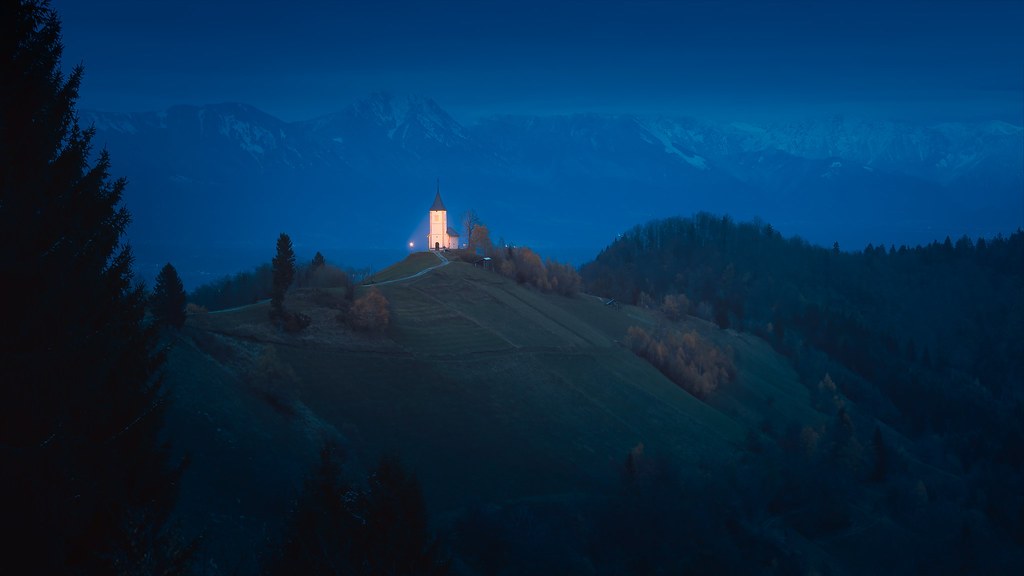
- TITLE THIS BLOG POST: NAME OF PROJECT Production Project
- PLACE A CREATIVE COMMONS IMAGE RELATED TO THE PROJECT FROM WORDPRESS.ORG/OPENVERSE AT THE TOP OF THE POST
- FOLLOW THE DIRECTIONS IN THE:
- REVIEW THESE POST EXAMPLES:
- USE TEAM SCRUM & PRESENTATION FORMS (PDF FILES)
- DELETE ALL OF MR. LE DUC’s INSTRUCTIONS DETAILED ABOVE AFTER COMPLETING THEM
SUMMARY
Role
Screenwriter
Intention (SMART Goal)
By March 2nd, as part of my film team, I will explore the screenwriter’s skill pathway by following The Visual Story by Bruce Block and will have created scenes that use contrasted lighting to show a character’s split mind and to create an intense tone over the scenes of our Session 4 project.
PRE-PRODUCTION – INQUIRY
Leader(s) in the Field / Exemplary Work(s)
Wilder’s works are renown for their humorous portrayal of controversial subjects and its hypocrisy of American life. He revolutionized film by including subject matter previously thought to be taboo in society, such as alcoholism, prisoner of war camps, and prostitution. (Barson)
https://www.britannica.com/biography/Billy-Wilder
Training Source(s)
The Visual Story by Bruce Block
Tone:
Grey vs. black and white. Portrayal of dichotomy with lighting. Emphasize objects with tone.
Controlling the Gray Scale:
- Reflective Control (art direction)
- Making the overall tone of the shot uniform (ie. light, dark, contrasted)
- If used for an entire production, the lighting must be flat and shadowless
- Controlling gray scale with the colors of objects
- Incident Control (lighting)
- Controlling the amount of lighting falling on objects
- Creating tones through lighting, shadows created by objects
- Exposure (camera and lens adjustments)
- Adjusting the shutter or f-stop
- Effects the brightness of the entire shot
Project Timeline
Feb 15 – Feb 18: Pre-Poduction
Feb 23 – 25: Production
Feb 28 – Mar 4: Post Production
Proposed Budget
$2
PRODUCTION – ACTION
The (FILM, SOUND, or GAME Creation)
https://drive.google.com/file/d/1SI8WszKOBHb8p9mWxQWjyRkQVz8wLJ-7/view
Skills Commentary
I attempted to implement the contrasted lighting technique from “The Visual Story” by Bruce Block. In order to do so, I intended to use a light box on the protagonist’s profile while he is in a dark room, creating a stark contrast between the light of his face and the darkness of the room.
POST-PRODUCTION – REFLECTION
21st Century Skills
Ways of Thinking (Creativity, Innovation, Critical Thinking, Problem Solving)
In order to create a dolly shot, we pushed the cinematographer while he was on a swivel chair.
Ways of Working (Communication & Collaboration)
I collaborated with the sound designer to make accurate sound rhythms.
Tools for Working (Info & Media Literacy)
My source for learning was ‘The Visual Story’ by Bruce Block.
Ways of Living in the World (Life & Career)
This production cycle gave me experience for when the allotted time for working is shortened.
Reactions to the Final Version
James Clark: “The action of the film was well executed and enjoyable to watch because it was done safely.”
Self-Evaluation of Final Version
Overall, the film was executed well because of the concise editing and dynamic shots which were used throughout it.
What I Learned and Problems I Solved
I learned about how affinity and contrast portray tension. I helped my team to solve the problem of creating a dolly shot without having a dolly by pushing the cinematographer in an office chair.
Grammar and Spelling
Edublogs
Editor
Nathan Beard
